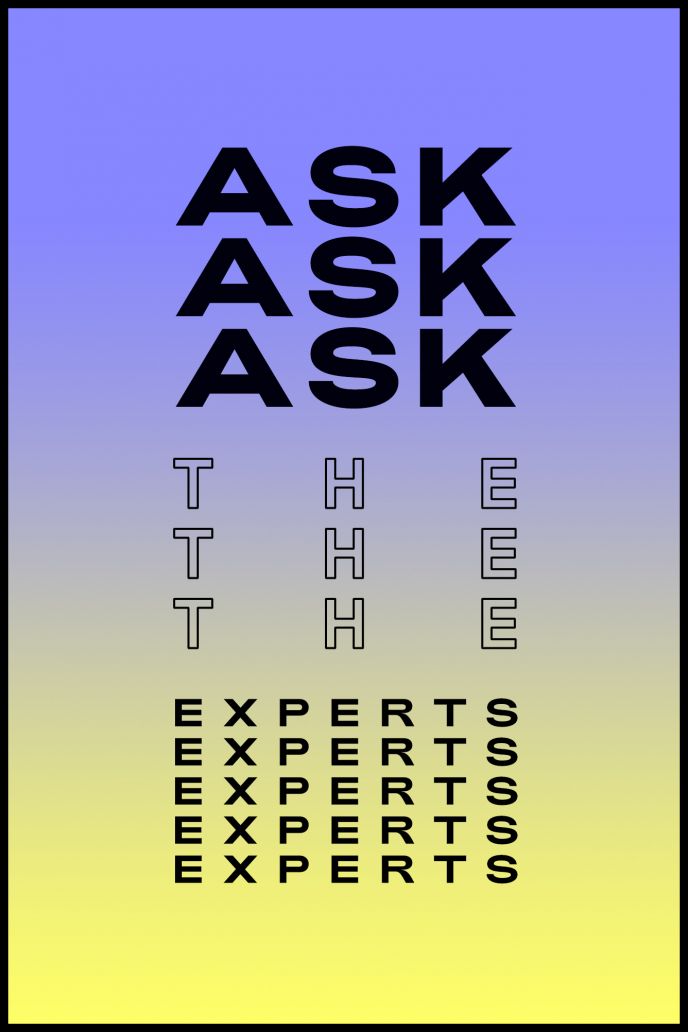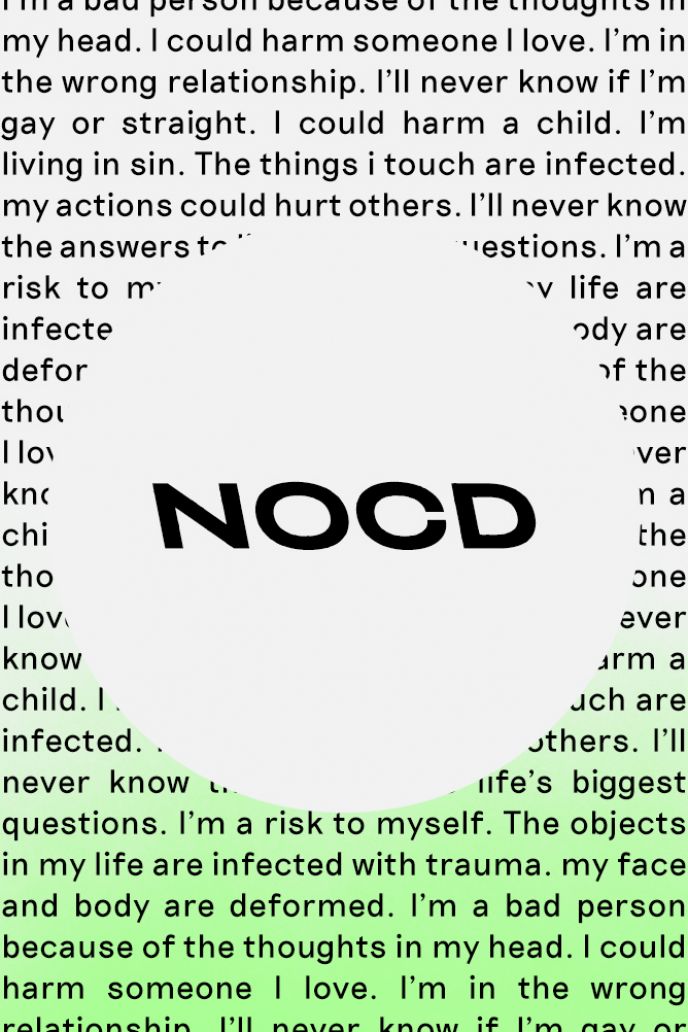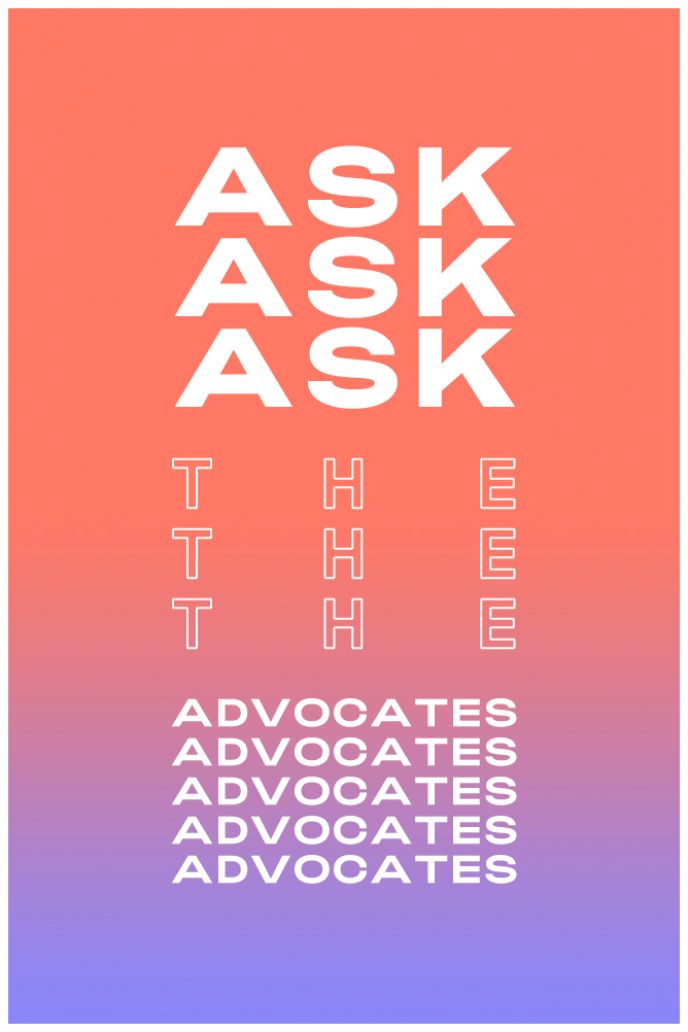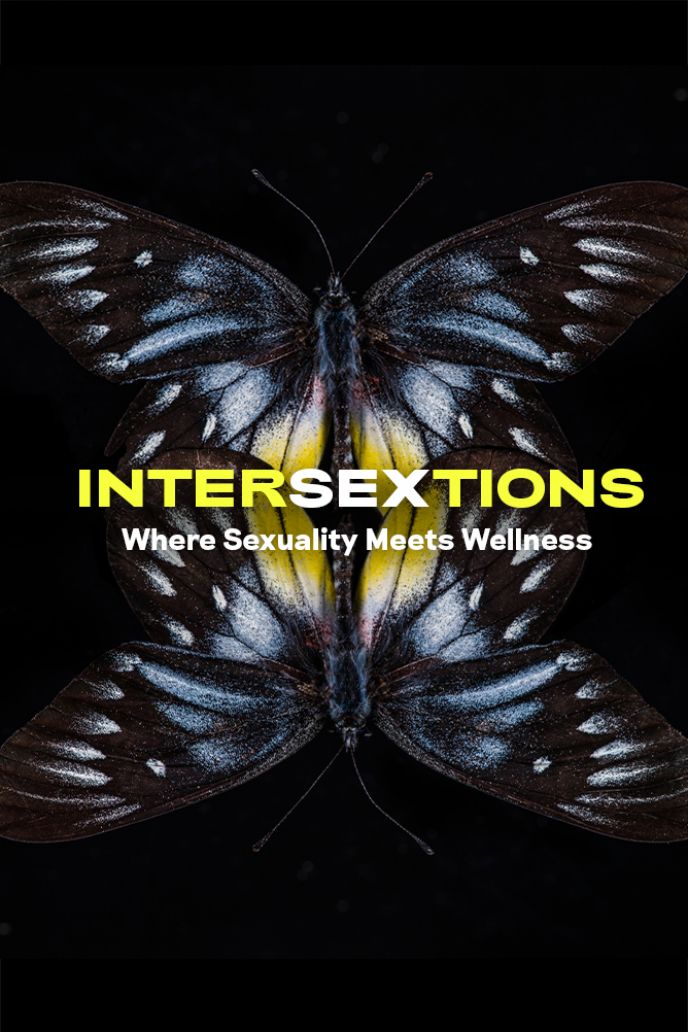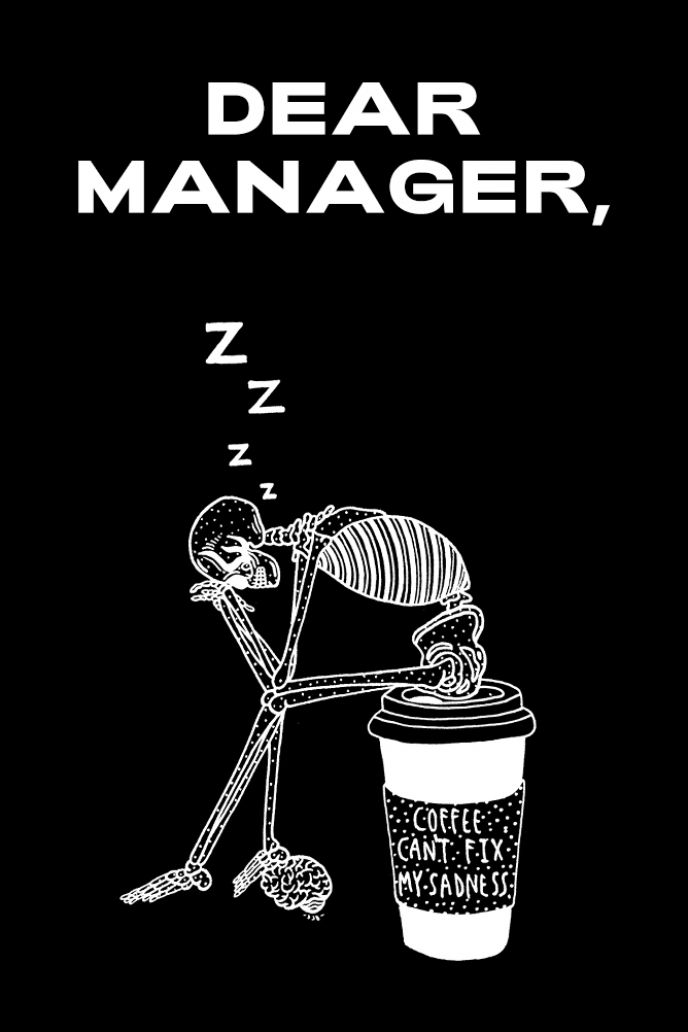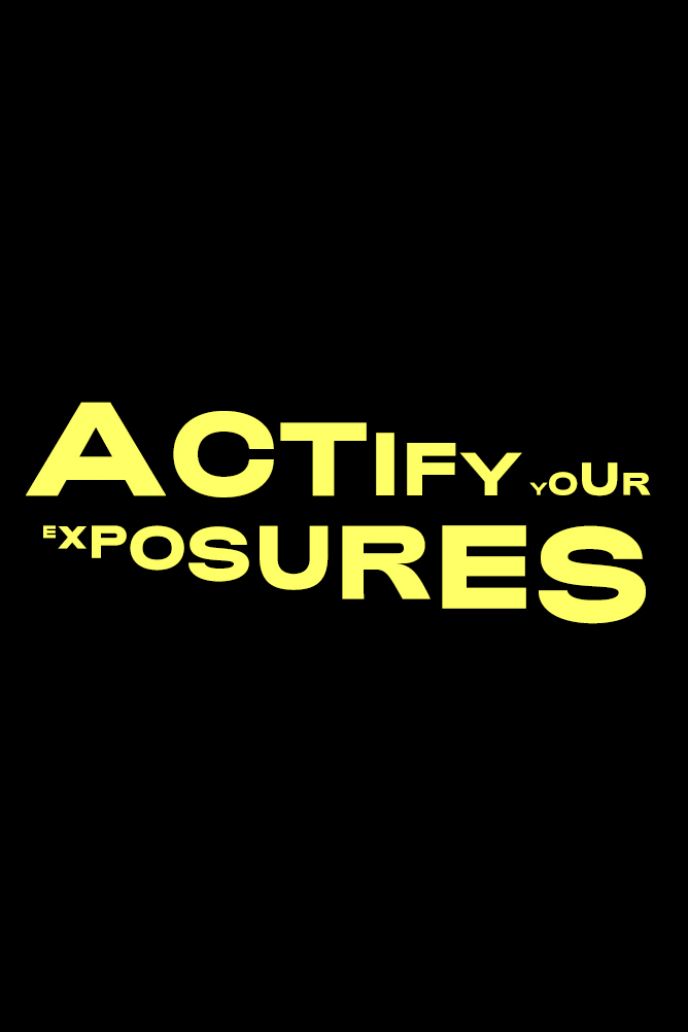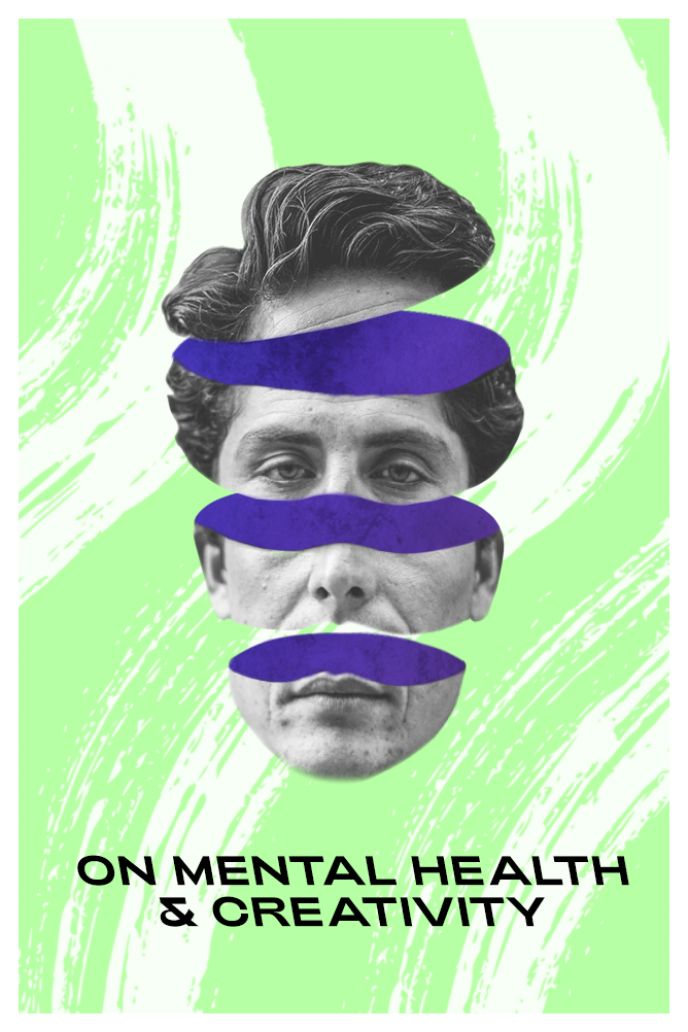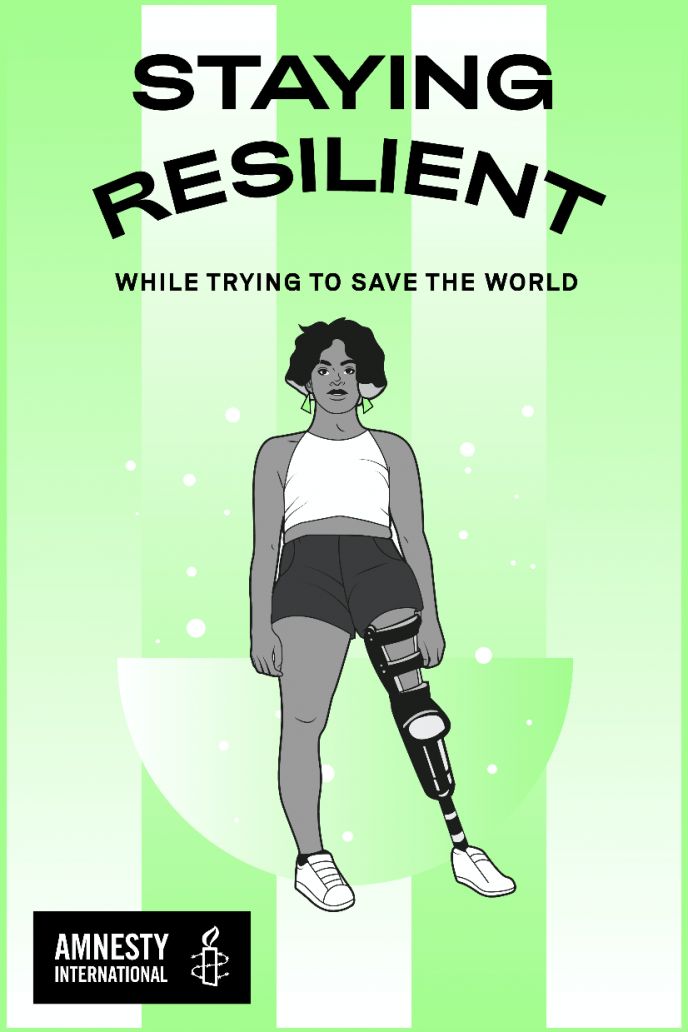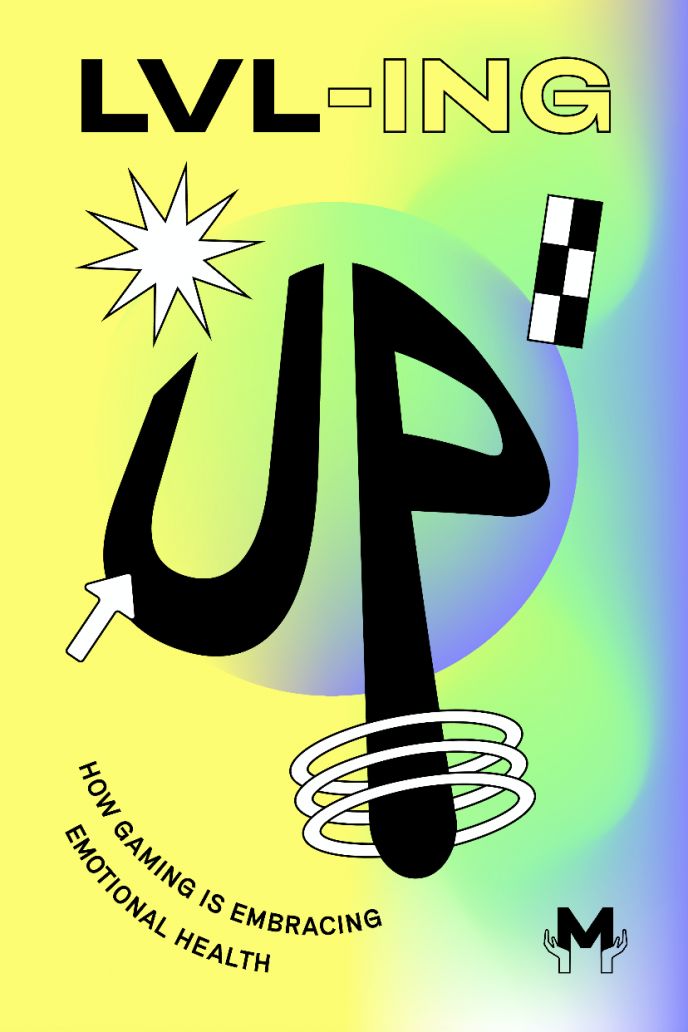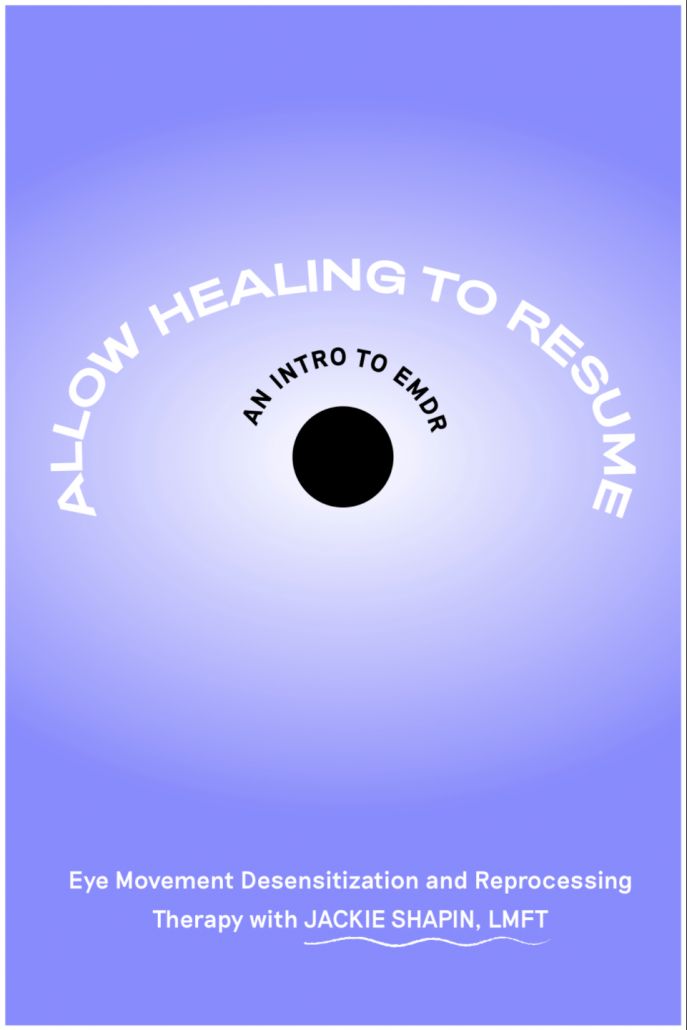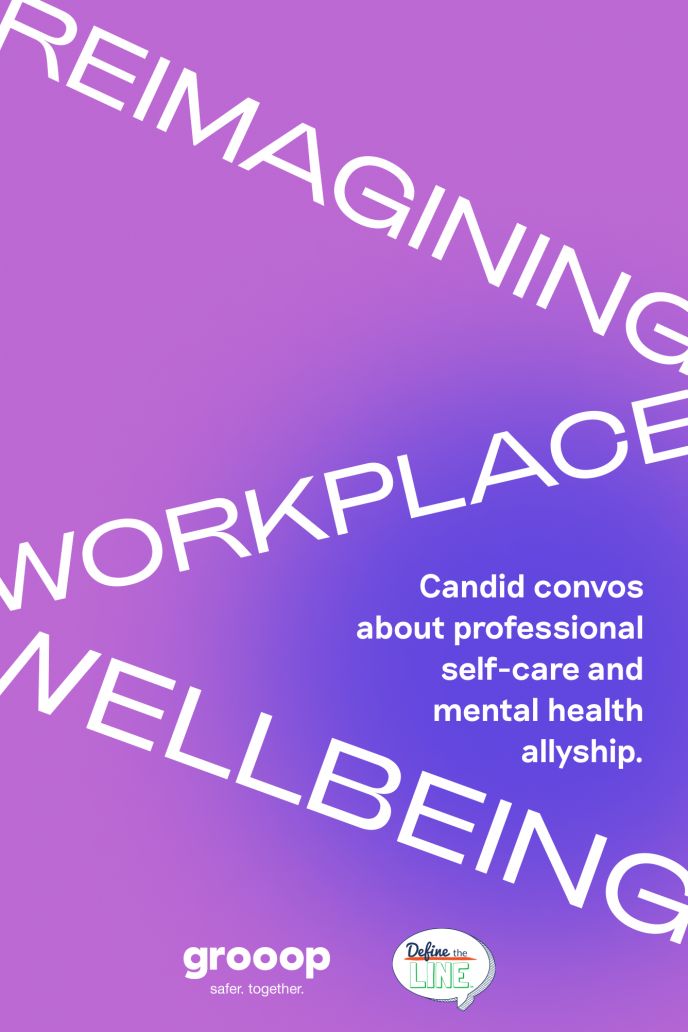Three Distress Tolerance Skills for Today’s World
Many of us are feeling triggered during these tough times. Here are some techniques that can help.
Written by Katie Nowak

01 Being able to turn the dial down on our emotions, even just a little bit, can help us move through them.
02 Katie is diagnosed with PTSD. As she's learned to live with the disorder, she’s picked up coping tools that help her manage overpowering emotions.
03 Katie shares three of her favorite methods for coaxing the mind and body into a calmer state when she’s feeling overwhelmed.
Note: If you are feeling high amounts of distress and / or suicidal ideation, please contact the Suicide Prevention Lifeline at 1-800-273-8255.
From coronavirus to the racism pandemic, 2020 has been an emotional year. The resulting pain and discomfort is likely leading to greater than normal levels of distress for everyone. In fact, new data from the Census Bureau says one-third of Americans are currently suffering from clinical anxiety or depression.
Many of us feel particularly triggered in these times. It could be due to a loss of control due to quarantine, potential loss of family or friends due to COVID-19, intense empathy for those who are suffering, displays of police brutality in the media, the world’s long-overdue awakening to the call for anti-racism, or anger toward that one person who just doesn’t get it.
I’m no stranger to strong emotions. After several misdiagnoses over the course of my adult life, I was diagnosed with Post Traumatic Stress Disorder (PTSD), a condition triggered primarily by sexual violence endured both in childhood and in my adult life. Learning to live with PTSD hasn’t been easy, but I am lucky to have the privilege of receiving transformative mental health care. Since receiving my diagnosis, I’ve discovered some methods that have helped me manage strong emotions through the years. Here are the three things that I’ve found to be most effective in managing stress:
To calm down—fast—“dive” into ice water.
Here’s how: While holding your breath, put your face in a bowl of cold water, or hold an ice pack (or zip-locked bag of cold water) on your eyes and cheeks. Hold for 30 seconds, and be sure to keep water above 50 degrees Fahrenheit. This strategy works best when you “dive” into the cold water, meaning that you actually hinge at the hips and plunge your face into the water.
Why it works: Placing your face into cold water triggers the mammalian diving reflex, which kicks in to manage a lack of oxygen while you’re underwater. Your heart rate slows, and your blood flow is redirected from non-essential organs to the brain and heart. This response can help you calm down when you are experiencing a distressing emotion.
How I use it: When I’m really upset, my partner knows to fill our largest mixing bowl full of ice water and bring it to me. Once I’ve calmed down, I can more productively explain how I’m feeling, why I’m feeling that way, and how I can try to proactively soothe those emotions in the future.
Work it out with intense exercise.
Here’s how: Engage in intense exercise, if only for a short while, to expend pent up energy. You can run up and down the stairs in your building, dance to your favorite playlist, sprint down the block, do burpees in your living room, look up high intensity interval training videos—the possibilities are endless.
Why it works: Our bodies have a natural stress cycle that helps prioritize our survival. The problem is, we often struggle to help our bodies complete this stress cycle. Intense physical activity helps elevate your heart rate and signals to your body that the stress cycle is complete.
How I use it: I take my yoga mat into the living room or backyard, set a recurring timer, and jump into movement that gets my heart rate up, like squats, burpees, and jumping jacks. Each minute, I change to the next thing that feels right for my body.
Focus on your breath with paced breathing.
Here’s how: There are many types of paced breathing. The most common to breathe in for four seconds, hold for four seconds, breathe out for four seconds, hold for four seconds—and repeat.
Why it works: When we are at ease, our breathing is naturally slow and deep; when we are distressed, our breathing is fast and shallow. Paced breathing stimulates the parasympathetic nervous system and diverts attention away from distressing thoughts. By changing our breathing to reflect a state of ease, our body responds by reducing physical discomfort and anxiety.
How I use it: Whenever I feel spikes of anxiety, I put down my pencil and use paced breathing. This practice distracts me from the stress of my to-do list and helps my body recenter. I also use this in between meetings, when I am constantly shifting between different functions and audiences.
Everyone’s experience with these emotions is different, and it’s important to find what works best for you. I certainly cannot pretend to have the “secret sauce” for melting all of the distress away. But being able to turn the dial down on our emotions, even just a little bit, can help us move through them and direct ourselves towards positive action. Given all that is happening in our world today, I think we can use all the positive action we can get.
Support our work
We’re on a mission to change how the world perceives mental health.





